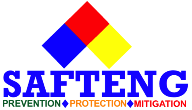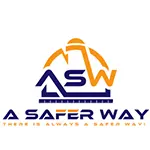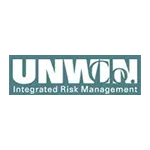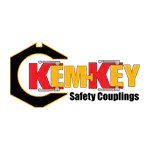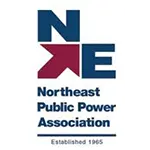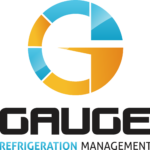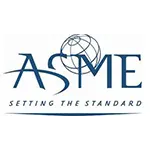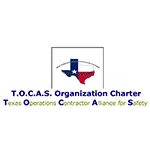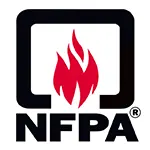Let us help you make sense of PSM / RMP!
My friend Brian Chapin will be offering an open-enrollment PSM/RMP class in Burleson, Texas, July 8th to 11th, 2025. Brian is an absolute pro in NH3 Refrigeration Process Safety. Anyone who attends will also get a FREE membership to SAFTENG. You can get more information on the class with this link.
CLICK HERE to Renew your Membership
CLICK HERE for a NEW Membership
CLICK HERE to see eligibility requirements for FREE Membership
If you have any questions, please contact m
SAFTENG has:
- Over 18,000 categorized unsafe acts/conditions and accident/injury photos
- Over 1,500 ppt's & doc's in the SAFTENG Library
- Over 4,000 Technical Articles on Process Safety, Emergency Response & OSH topics
- Over 450 videos (those not allowed on YouTube Channel)
Many THANKS to my NEW Members and those who CONTINUE to support SAFTENG:

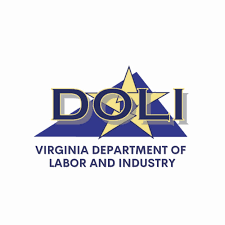







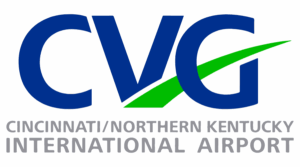

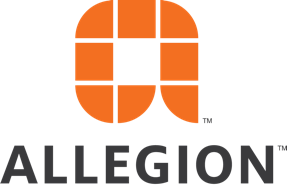
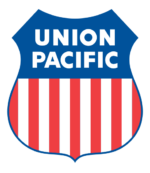

April 10, 2011
Slips, Trips and Falls on same level still leading The estimated direct U.S. workers compensation costs for the most disabling workplace injuries and illnesses in 2006 were $48.6 billion. This finding and many others are presented in the 2008 Liberty Mutual Workplace Safety Index. Produced annually, the Workplace Safety Index identifies the leading causes of the most disabling U.S. workplace injuries...
Read More
April 10, 2011
OSHA answered this question in 2006 in the LOI, Requirement for flame-resistant clothing in petrochemical plant covered by PSM. Although, OSHA states in the LOI that they will cite the employer for 1910.132(a), 1910.132(d), 1910.119(f)(1)(iii)(B) and/or 1910.119(j)(2). OSHA makes reference to NFPA 2113, Standard on Selection, Care, Use and Maintenance of Flame-Resistant Garments for Protection of Industrial...
Read More
April 10, 2011
In this final rule, PHMSA is amending the Hazardous Materials Regulations to clarify requirements governing emergency response information services provided by arrangement with hazardous materials offerors (shippers). In order to preserve the effectiveness of these arrangements for providing accurate and timely emergency response information, PHMSA is requiring basic identifying information (offeror...
Read More
April 10, 2011
This new tool was designed for oil spill responders, but should be useful to many others. The NOAA Unit Converter for Oil Spills (NUCOS) is a simple desktop tool that converts basic units of velocity, mass, length, etc., but more specifically, converts units that are unique to oil spill response. NUCOS includes some of the lesser known units used in managing oil and chemical spills. For example,...
Read More
April 10, 2011
Most of us have a LPG tank on site and many of us have multiple tanks lined up next to each other. As part of their “Coffee Break” training the United States Fire Administration (USFA) has just released a GREAT resource for our engineering groups to aid them when locating these LPG tanks. Now this is NOT a facility siting aid, but rather an aid to show us how far apart these...
Read More
April 10, 2011
We continue to see businesses using many methods to identify their lockout locks, many of which are NOT acceptable to OSHA. 1910.147(c)(5)(ii)(B) states: Lockout and tagout devices shall be standardized within the facility in at least one of the following criteria: color; shape; or size… Most businesses use color, and we can have multiple colors in our program; as long as these colors are...
Read More
April 10, 2011
We continue to see businesses using tagout when locks can be used and they dispute us when we attempt to explain to them that locks MUST be used when they can, UNLESS the employer can show that their tags are EQUALLY effective as a lock. OSHA REQUIRES Tag-Plus-One when using a tag in these situations. The recent CPL for LOTO states: A key element in demonstrating that the tagout program...
Read More
April 10, 2011
As many of you already know, having good operating procedures that are regularly reviewed and updated is a vital part of the management process and helps ensure safety. Recently, an industry group conducted a survey on five major companies. See the Directors Corner for the survey questions and the responses of these surveyed companies.
Read More
April 10, 2011
I often find folks are surprised when they are told that dust accumulations on ledges, equipment, rafters, etc. is a MAJOR hazard. We all know about suspended dust, but as humans we tend to feel more safe when we can not see the hazard, a concern we all carry as safety professionals. But dust accumulations are indeed a MAJOR hazard. I like to say the first dust explosion is not the...
Read More
April 10, 2011
This week, the U.S. Department of Transportation (USDOT) issued a final rule that establishes interim design standards aimed at improving the crashworthiness of tank cars carrying poison inhalation hazard (PIH) materials. The rule mandates that tank cars carrying PIH materials, such as chlorine and anhydrous ammonia, feature thicker inner shells and/or outer jackets to improve puncture resistance...
Read More
April 10, 2011
A MUST READ for businesses that use nurse tanks and for Emergency Responders who may respond to incident involving them!!! Based on eight (8) recent enforcement investigations, conducted by the U.S. Department of Transportation, Pipeline and Hazardous Materials Safety Administration (PHMSA), Office of Hazardous Materials Enforcement (OHME), this letter is intended to notify the industry of serious...
Read More
April 10, 2011
A few months back I posted an article regarding OR-OSHA’s revisions to their “STATIONARY COMPACTORS, SELF-CONTAINED COMPACTORS AND BALERS” standard and offered up the idea that we could/should be using this state plan standard as our own guidance in how we manage safety around our equipment, even though we are not in the state of Oregon. They just completed the revisions of...
Read More
